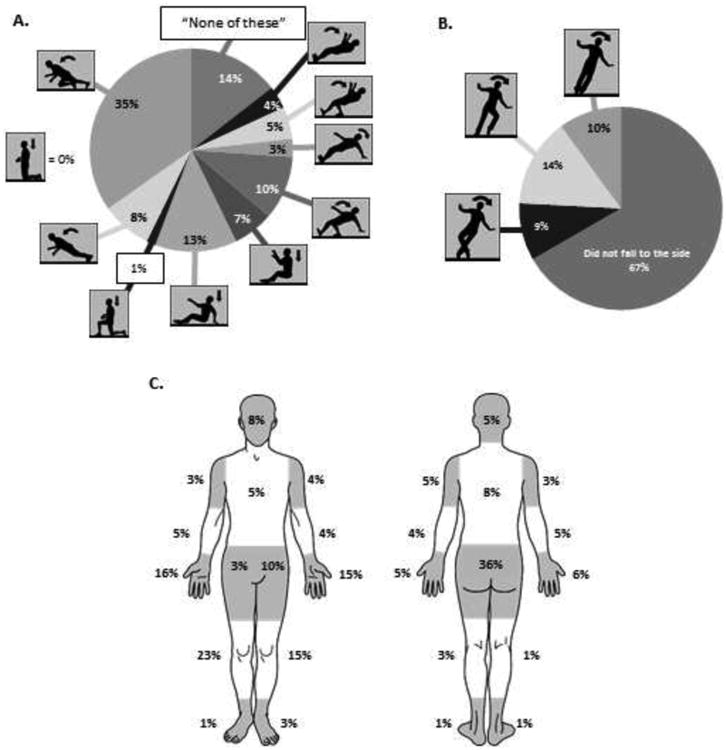Figure 2. Fall Orientations and Impacts.

A. Body orientations of falls reported in the forwards or backwards direction (20 fall records did not report this information, leaving blank responses, so percentages are based on n=138 falls). Forward falls were identified from the four leftmost orientations, and backward falls were identified as the remaining six figures. B. Body orientations of falls also reporting lateral (sideways) motion (32 fall records did not report this information, leaving blank responses, so percentages are based on n=126 falls). C. Sites of fall impact, with 87 falls recording more than one impact location (12 fall records did not indicate an impact region, leaving blank answers, so percentages are based on n=146 falls). Note that fall impacts were sometimes reported on the front and back of the same region, or impacts may have been reported to both the left and right analogous regions. Therefore, the sum of percentages in a specific region (e.g. 42% for the hand/wrist) will not equal the results presented in the text (e.g. 27% of falls had a hand/wrist impact).
